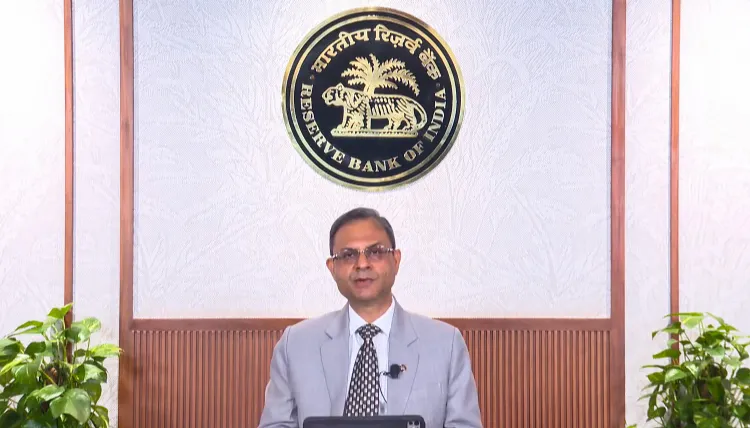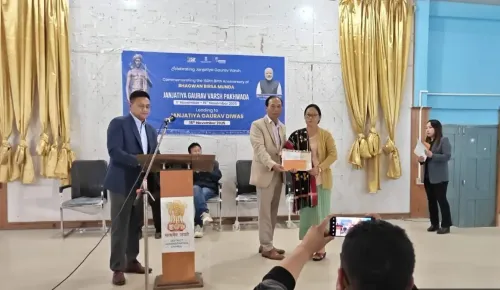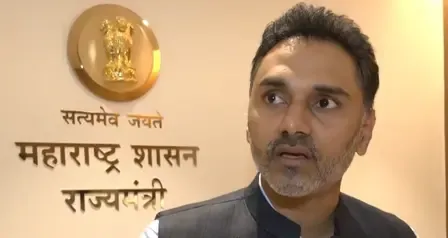Will RBI Increase Gold Loan-to-Value Ratio to 85% for Small Borrowers?

Synopsis
Key Takeaways
- The LTV ratio for gold loans will increase to 85%.
- This applies to small borrowers up to Rs 2.5 lakh.
- The move aims to facilitate easier access to credit.
- Credit appraisal requirements will be eliminated for small loans.
- End-use monitoring will be limited to Priority Sector Lending guidelines.
Mumbai, June 6 (NationPress) - The Governor of the Reserve Bank, Sanjay Malhotra, announced on Friday that the central bank will elevate the Loan-to-Value (LTV) ratio for gold loans to small borrowers, specifically those borrowing up to Rs 2.5 lakh, to 85 percent from the current 75 percent.
During a press conference following the monetary policy meeting, he mentioned that the final regulations regarding gold loans will be unveiled today or by Monday at the latest.
This adjustment in the LTV ratio means that if a borrower pledges gold valued at Rs one lakh, they can now secure a loan of up to Rs 85,000, an increase from Rs 75,000.
This initiative is anticipated to facilitate easier access to funds for households and small businesses.
Furthermore, Malhotra indicated that the credit appraisal requirements for small-ticket loans will be eliminated, simplifying the process for borrowers.
End-use monitoring will only be necessary if the loan meets the criteria for Priority Sector Lending (PSL) norms.
This relaxation of rules follows the Finance Ministry’s recommendation last week for the Reserve Bank to exempt small borrowers of up to Rs 2 lakh from the provisions of its draft guidelines concerning lending against gold collateral. The Finance Ministry has also proposed that the implementation of these guidelines be delayed until next year.
“The draft guidelines on lending against gold collateral have been reviewed by the Department of Financial Services (DFS) under the supervision of Finance Minister Nirmala Sitharaman. The DFS has provided recommendations to the RBI to ensure that the needs of small gold loan borrowers are not negatively impacted,” stated the Finance Ministry.
The DFS also emphasized that these guidelines will require time for implementation, suggesting that they may only be appropriate for rollout starting January 1, 2026.
Moreover, the DFS has advised that small borrowers below Rs 2 lakh should be exempt from the proposed guidelines to ensure prompt and efficient loan disbursement for this demographic.
“The RBI is currently reviewing the feedback received on the draft guidelines. It is anticipated that the concerns raised by various stakeholders, along with public feedback, will be carefully considered by the RBI before finalizing these directives. The suggestions have been duly communicated to the RBI,” added the statement issued on May 30.









